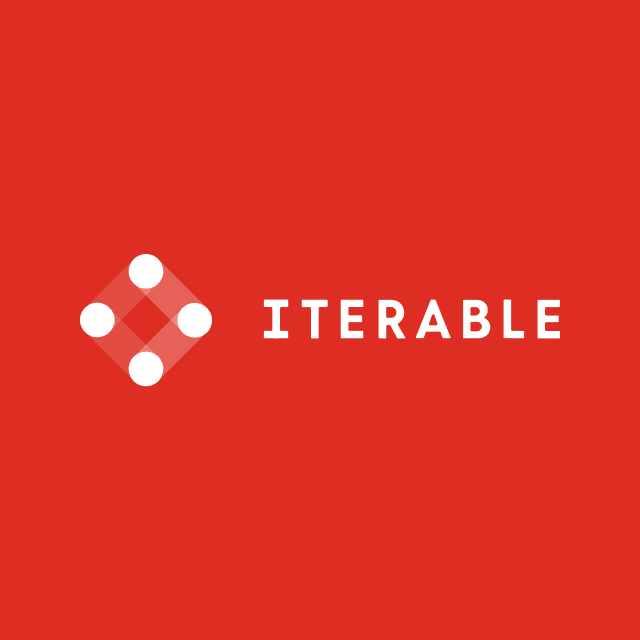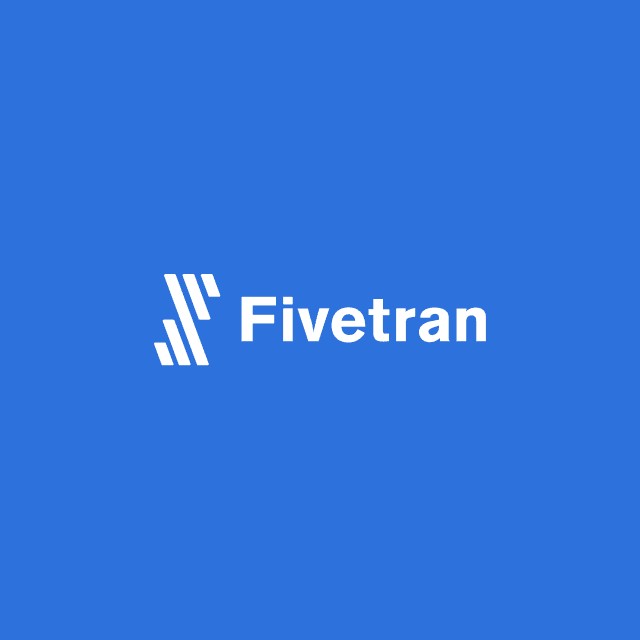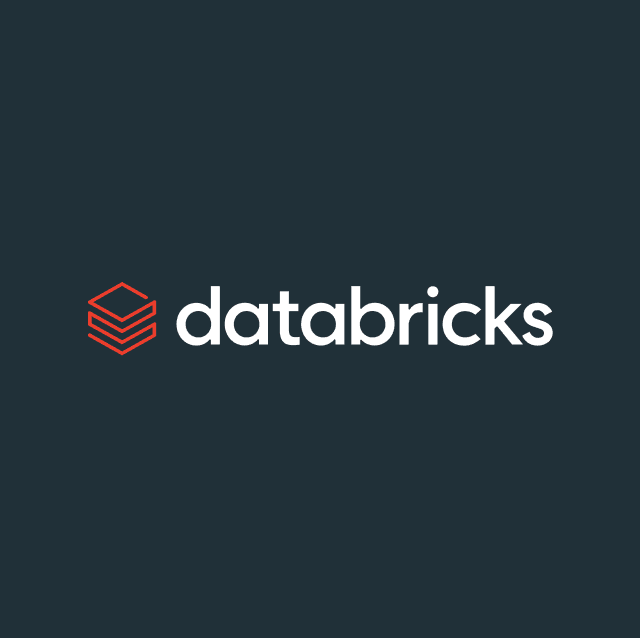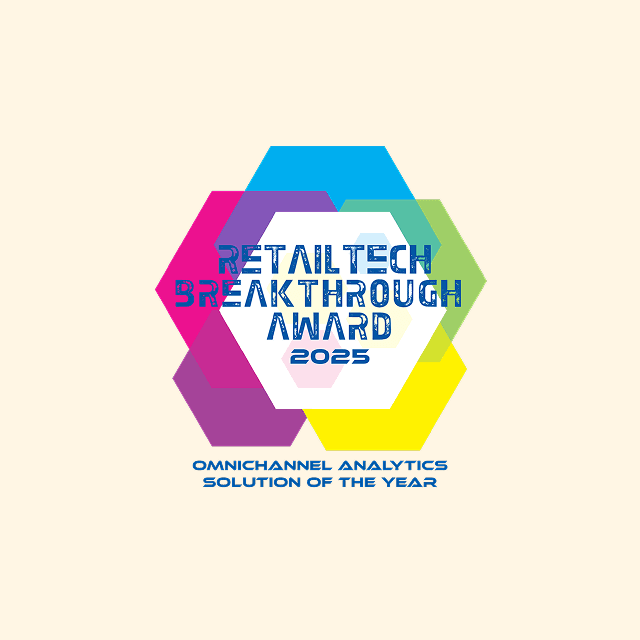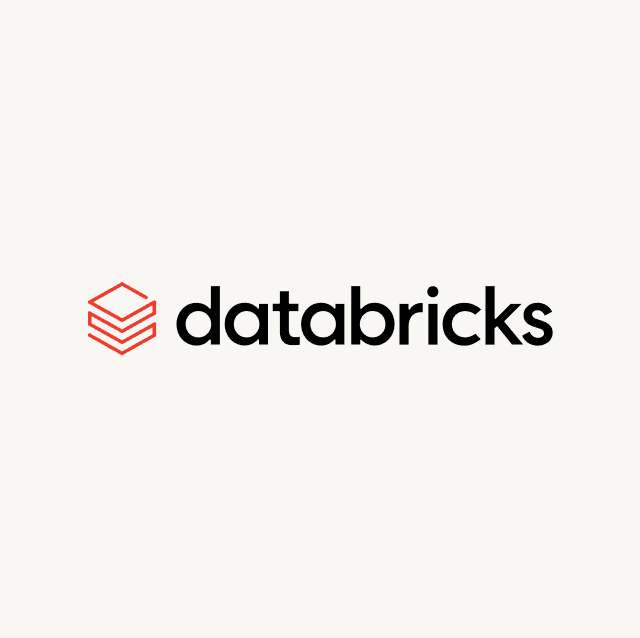Traditionally, marketers have relied on A/B testing to optimize campaigns by changing one variable at a time. While still relevant and widely used, this method can be slow, limited, and resource-intensive. It often forces teams to test one idea at a time, delaying insights and potentially missing out on better-performing combinations.
To understand the power of AI experimentation, it's important to first look at how marketers have traditionally approached testing. AI-driven experimentation enhances this process by enabling faster, more scalable testing. It allows marketers to move beyond manual guesswork and discover what resonates most, quickly, continuously, and at scale.
What are AI experiments?
AI experiments use machine learning to automatically test and optimize user experiences, continuously learning what drives engagement, conversions, or other business goals. Unlike traditional A/B tests that apply a single variation to a broad audience, AI dynamically personalizes experiments based on real-time behavior and context at the individual level.
Rather than optimizing one element for an entire segment, AI experiments fine-tune each individual's content, offers, and experiences. This leads to stronger performance because every interaction is tailored to what works best for that person. As the AI learns through trial and error, it rapidly uncovers what drives clicks, conversions, and engagement, often revealing winning combinations marketers wouldn’t think to test.
Why experiment with AI?
AI-driven experimentation transforms how teams test, learn, and optimize, delivering faster insights, stronger performance, deeper personalization, and more intelligent decision-making.
- Scale and speed: AI agents can run continuous, high-volume experimentation far beyond the capacity of any human team. Rather than waiting weeks for a single A/B test to conclude, agents can test thousands of variations in parallel, adapting content, offers, and timing in real time. This accelerates the feedback loop and ensures every customer interaction is optimized in the moment.
- Better outcomes: Agentic systems learn from every interaction and adjust strategies automatically to maximize outcomes. This continuous, autonomous optimization leads to higher conversion rates, more relevant experiences, and sustained performance gains, something static tests simply can’t deliver.
- Hyper-personalization: Traditional testing identifies what works for segments. AI agents identify what works for each person. Using reinforcement learning, they deliver individualized messages, offers, and designs based on real-time behaviors and preferences, deepening engagement, boosting retention, and strengthening customer loyalty over time.
- Deeper insights: With thousands of variables in play, AI agents uncover insights that manual testing never reveals, like which message boosts conversions for a micro-segment or which timing pattern outperforms others in specific channels. These discoveries unlock more innovative strategies and give marketers powerful new levers across the customer journey.
Common types of AI experiments
AI-driven experimentation is reshaping how marketers approach growth. Below are three high-impact use cases where AI accelerates results across the customer lifecycle, especially in driving win-back, cross-sell, and repeat purchase strategies.
Win-back campaign optimization
AI is highly effective in win-back efforts by identifying disengaged users and testing the best strategies to re-engage them. Rather than sending the same reactivation message to everyone, AI systems can experiment with different incentives, timing, subject lines, and creativity, adapting based on individual behavior and response patterns.
For example, an AI model might detect that certain lapsed users respond better to reminders with personalized product imagery while others engage more with urgency-driven offers. These experiments allow marketers to compare AI-personalized outreach against standard blasts, optimizing for higher reactivation rates and reducing churn over time.
Cross-sell and upsell recommendations
AI experimentation plays a central role in cross-sell and upsell performance. Machine learning models recommend complementary or higher-value products by analyzing purchase behavior and preferences. AI can test multiple combinations, including product pairings, timing, placement, and message framing, to determine what drives the most value per customer.
For instance, an e-commerce platform might test AI-powered “Complete the Look” suggestions on product pages or post-purchase emails, comparing engagement and sales lift against static “Top Picks” for everyone. These continuous experiments help refine recommendation logic, ultimately increasing average order and customer lifetime values.
Repeat purchase acceleration
AI helps drive repeat purchases by experimenting with the cadence, content, and channels of follow-up messaging. Rather than relying on fixed delays (e.g., a 30-day follow-up), AI systems can dynamically time outreach based on behavior signals like browse activity, product usage, or past reorder windows.
Through experimentation, marketers can discover which reminders, offers, or triggers most effectively prompt repeat purchases, a replenishment nudge, a loyalty discount, or a timely how-to guide. These tests help strike the right balance between persistence and relevance, turning occasional buyers into loyal ones.
How to run an AI experiment: framework and best practices
AI experimentation isn't just about optimizing models; it's about using data to drive smarter, faster decisions across the customer journey. Below is a modern, outcome-oriented framework for launching and scaling AI experiments that generate real business impact.
Start with a pilot use case
Before rolling out large-scale AI experimentation, identify a focused pilot use case. This allows your team to prove value quickly, build internal momentum, and fine-tune processes before expanding. Choose a use case with clear business impact and measurable outcomes, like improving product recommendations, reducing churn in a key segment, or optimizing onboarding flows.
A successful pilot helps validate the feasibility of your experimentation approach, sets benchmarks, and creates a playbook for future initiatives.
Define clear objectives
Start with a measurable goal tied directly to customer behavior. Are you aiming to increase email click-through rates, boost repeat purchases, or reduce churn among a specific segment? A clear objective focuses on your experiment and defines how success will be evaluated. For example, you aim to increase product page engagement by 20% with layout changes or improve repeat purchases by 15% through post-purchase personalization.
Pairing each objective with a success metric, such as CTR, engagement rate, or conversion rate, ensures you’re testing for meaningful outcomes, not just incremental tweaks.
Use customer data strategically
AI systems rely on data to deliver intelligent decisions, but the key to AI experimentation is how you use that data, not just how you collect it.
Start by identifying the signals most relevant to your objective: recent user actions, channel engagement, purchase frequency, or lifecycle stage. These features form the input to your decisioning models.
Leverage your unified customer data, often stored in a Cloud Data Warehouse, to feed these models in real or near-real time. The goal is to move from static cohorts to dynamic, behavior-driven decisioning that adapts with each customer interaction.
Data readiness isn't just about having the right fields. It’s about ensuring accessibility, relevance, and freshness so your AI can continuously learn and act with precision.
Choose your experimentation engine
Once your data is ready, the next step is deciding how to run your experiments. Will you use a purpose-built experimentation platform, such as an AI decisioning tool, or build a custom system in-house?
Whichever approach you choose, your experimentation engine should support multiple goals across the customer journey, give you control through guardrails that align with your brand standards, and, ideally, operate within your existing data infrastructure. This means keeping customer data where it belongs, inside your environment, rather than pushing it to external black-box systems.
Look for a solution that balances flexibility, safety, and scalability, so your team can iterate quickly while maintaining full control over outcomes and data privacy.
Integrate with activation channels
AI decisions only have an impact when they're executed through your customer-facing systems. Integration is key whether you're using a Customer Engagement Platform (CEP), Email Service Provider (ESP), mobile push provider, or web personalization engine.
For example:
- A CEP might use AI outputs to trigger different product recommendations on your homepage
- An ESP might deliver personalized subject lines or send times based on reinforcement learning models
- In-app messaging tools can dynamically adjust onboarding flows based on predicted churn risk
Integrations should allow for automated payload delivery; no heavy engineering is required. This connection between your AI decisioning layer and engagement channels ensures that every insight turns into action quickly.
Monitor performance and experiment outcomes
Once your experiment is live, track the performance of both control and treatment groups in real time. Look for lift across your primary KPIs and watch for secondary effects, positive or negative, that emerge in other metrics.
But don’t stop at performance validation. Use monitoring to surface patterns, segment responses, and anomalies that can inform your next set of hypotheses.
For example:
- Which segments responded best to the treatment?
- Were there timing patterns that improved or degraded performance?
- Did engagement drop for any adjacent customer groups?
These insights feed a virtuous cycle of continuous optimization. Each experiment becomes a building block for smarter future strategies.
Platforms and tools for AI experimentation
Running AI experiments at scale requires the right tooling across the whole workflow, from ideation and development to tracking, testing, and deployment. Below are key categories of tools and how they support a modern experimentation stack.
- Hightouch is an AI Decisioning platform that sits directly on top of your data warehouse or CDP. The platform uses first-party customer data to power 1:1 experimentation using AI agents. These AI agents autonomously test, learn, and adapt, using reinforcement learning to optimize every decision and continuously improve outcomes by selecting the best experience for each individual based on behavioral signals.
- OfferFit is a self-learning AI engine that automates 1:1 marketing experimentation. It continuously tests and optimizes the best message, offer, and timing for each user; no manual setup is required.
- Aampe is a reinforcement learning platform focused on mobile messaging. Automatically experiments with notification timing, content, and frequency to drive better engagement and retention.
- Movable Ink is a visual personalization platform that uses AI to select and tailor real-time content. It supports experimentation across email, mobile, and web with dynamic creativity based on customer behavior and context.
Real-world examples of successful AI experiments
- Amazon’s recommendation engine is one of the earliest and most effective applications of AI in marketing. Each time a customer browses, searches, or makes a purchase, machine learning models analyze their behavior and patterns like frequently bundled products and past orders to surface highly relevant suggestions. These recommendations appear across the site: in “Customers who bought X also bought Y” carousels, personalized home page banners, and marketing emails tailored to each user. The goal is to create a 1-to-1 shopping experience that feels curated, even at massive scale.
- JPMorgan Chase uses AI to improve the performance of its marketing copy across online ads and emails. They trained on Chase’s historical marketing data, and the AI learned which words and phrases tend to drive engagement in financial services. It then created copy variations for campaigns like credit card offers and home loans, which were tested against control versions written by humans. Each variant was evaluated in real-time A/B tests to identify what resonated most with customers.
- Netflix & Adidas: To promote a limited-edition sneaker collection inspired by Stranger Things, Netflix and Adidas launched a data-driven campaign powered by AI. Using a dynamic creative optimization platform, they personalized ad creatives in real time based on audience behavior across both brands. The AI tapped into Netflix viewing data and Adidas purchase patterns to generate and test thousands of ad variations. Each user saw an ad tailored to their interests, maximizing relevance and boosting engagement and sales.
- WHOOP, a health and fitness company, used AI Decisioning platform to shift from manual email blasts to real-time, 1:1 marketing. Within six weeks, WHOOP saw a 10% lift in cross-sell conversions by allowing AI agents to personalize content and timing based on individual member behavior. Instead of relying on static segments, WHOOP’s team focused on strategy while AI optimized outcomes automatically.
- Fundrise, a real estate investment platform, used AI Decisioning to scale personalization across 400,000+ investors. Facing the limits of traditional segmentation, they deployed AI agents to deliver the right message to each investor at the right time. A win-back campaign for dormant users led to a 4x increase in investment amounts. It surfaced insights the team hadn’t discovered, like regional message preferences and age-based content engagement trends.
Closing thoughts
AI experimentation isn’t just the future, it’s the edge. Unlike traditional testing methods that are slow, manual, and limited to one idea at a time, AI-powered experimentation runs continuously, adapts, and learns from every customer interaction. This shift enables companies to test more ideas, optimize faster, and personalize at a scale humans simply can’t match.
In a world where speed of learning determines market leadership, the companies that experiment and learn faster will win. Every AI-driven experiment is a chance to deliver more relevant, satisfying customer experiences, outpace competitors, discover what truly moves the needle, and turn insight into action before others see the opportunity.
Ready to move faster and smarter? See how Hightouch can help you scale 1:1 personalization with speed and precision. Schedule time with our team today to discuss AI Decisioning, unlock greater value from your marketing channels, and accelerate your ability to experiment and learn.






